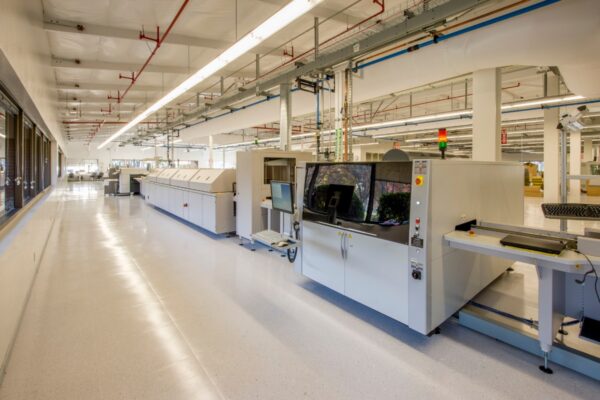What is Coefficient of Thermal Expansion (CTE)
The coefficient of thermal expansion (CTE) is a parameter that quantifies the rate at which a PCB material expands or contracts as it is exposed to temperature changes. It is typically measured in parts per million per degree Celsius (ppm/°C). The CTE is important as it impacts the reliability and performance of the board.
When a PCB material is subjected to temperature variations, it undergoes expansion or contraction due to the increased or decreased thermal energy. The CTE value represents the amount of dimensional change that occurs per degree Celsius change in temperature. A higher CTE value indicates that the material expands or contracts more significantly with temperature fluctuations.
It is essential to consider the CTE values of the different materials used in PCB construction. For instance, the CTE of the substrate material, such as FR-4, is typically higher than that of copper, which is commonly used for conductive traces. This CTE mismatch between the substrate and copper can result in stress and strain on the PCB during temperature cycling, potentially leading to reliability issues like delamination or cracking.
The CTE values can vary depending on the direction of expansion. Along the X and Y axes, which represent the horizontal directions of the PCB, the CTE values are generally low due to the presence of woven glass reinforcement that constrains the material’s expansion. However, in the Z axis, which is perpendicular to the surface of the PCB, the material can freely expand or contract. Therefore, it is crucial to minimize the CTE along the Z axis to reduce the expansion and contraction of the PCB in this direction. Ideally, a CTE of less than 70 ppm/°C is recommended along the Z axis.
Another critical aspect is the glass transition temperature (Tg). The Tg is the temperature at which the material transitions from a rigid to a more flexible state. Exceeding the Tg can lead to dimensional changes and potential reliability issues. Therefore, it is essential to consider the Tg when designing and manufacturing PCBs.





